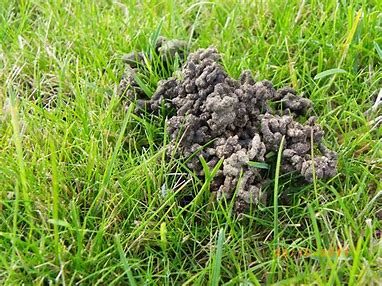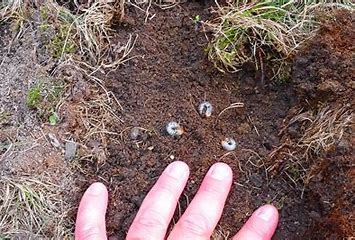
SERVICES
Pest Control
WHAT ARE LAWN PESTS?
Lawn pests come in all shapes and sizes of insects ranging from Lawn Worms leaving worm casts over your lawn, Ants nests in Lawns, Chaffer Grubs, Crane Fly (Daddy LongLegs) and Leatherjackets, Moles and so the list goes on. The majority of lawn pests do feed on the roots of the grass and can cause devastation within your lawn if they are not caught early.
WHY DO YOU NEED TO TREAT TURF PESTS?
It’s important to treat turf pests as soon as possible, the worse the infestation, the greater damage will be done to the lawn.
WHAT PESTS CAN I FIND IN MY LAWN?
WORMS
There are around 27 different species of worms within the UK; however, only 3 of these create worm casts that you see on your lawn. Worm casts are the waste soil that has passed through the worm as it has been moving around the soil in your lawn. The worm casts can benefit your lawn as it’s an organic breakdown; it also increases fertility and aeration.
The downside to both worms and worm casts include, worms encouraging birds to your lawn to feed, and the wildlife doing damage through pecking and scratching at the grass to get to the worms. In addition to this worm casts can bring dormant weed seeds to the surface, and the casts themselves provide perfect germination conditions for weed seeds that land in the wind.
ANTS
Ants are not particularly a problem; they just create large nests that look like mole hills within the lawn. Ants prefer light soil that they can push up to the surface which in turn causes havoc with the lawn mower.
Using boiling water on ants nest on lawns is not advised as this will scald the grass on your lawn. Unfortunately, there isn’t a particular treatment available for ant nests in lawns. You can brush the soil from the ants nest over the lawn before cutting the grass to avoid the soil being smeared across the lawn by the lawn mower. Using ant bait stations in the middle of the nest once the soil has been brushed away can also be tried.
CRANE FLY
Crane Flies are commonly known as Daddy Longlegs, they hatch from pupae during July and August and lay their eggs within the ground with 24 hours of hatching out. The larvae (Leather Jackets) hatch out around 2 weeks later and this is when you will start to see them in your garden. The lifecycle of a daddy longlegs is around 2 weeks.
LEATHER JACKETS
The Leather Jackets that have hatched in your lawn will feed on grass roots throughout the winter and into spring the following year. They generally feed during the night, and will stop feeding around May and June when they pupate. The leather jackets look like a grub worm; they are creamy in colour and are quite long and thin. For more information on Leatherjackets visit the RHS website
CHAFER GRUBS
Chafer grubs are the larvae stage of the Chafer Beetle; more commonly known as May Bug or May Beetle. Once they are hatched, the Chafer grubs will move down into the soil and feast on the grass root system. They can live up to two years within the garden.
The first sign of damage that you will see is brown patches on your lawn from late summer onwards once the grubs are fully grown. Secondary damage that can occur is done my birds, badgers, foxes as they scratch around on the lawn to get at the grubs to feed.
Top Tip: If you are unsure if you have Chafer Grubs, a good test is to see if you can roll back the turf like a piece of carpet!
WHAT ARE THE BENEFITS OF PEST CONTROL?
• Healthy lawn
• Nice looking lawn
HOW CAN YOU TREAT LAWN PESTS?
Regular scarification of your lawn will bring the chaffer grubs to the surface and will help remove some of them from your lawn and will help disrupt their feeding. In addition to this, nematodes can be used. Nematodes will not totally eradicate the grubs from your lawn, but when used within ideal conditions they should be able to reduce the amount of grubs in your lawn. Alternatively, we are able to apply a granular insecticide at any time of year; however it is best to apply this during the spring or summer to have maximum effect on the chafer grubs.
WHEN CAN YOU TREAT LAWN PESTS?
You can treat you lawn for pests all year round, depending upon the weather. For preventative measures treat your lawn between the summer and the autumn.
If you would like help eradicating pests from your lawn, please get in touch
- MORE SERVICES




